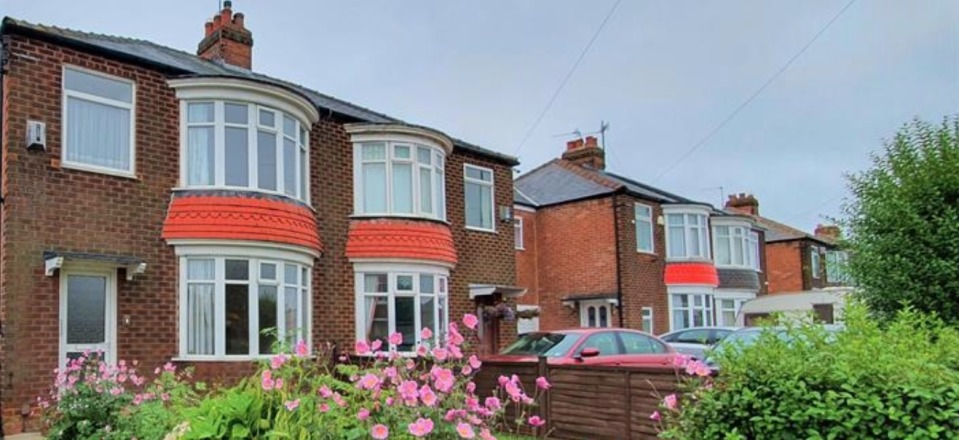Revealed: the 10 highest-yielding areas in the UK
Find out where lower house prices play a key role in generating high yields.
Middlesborough in North Yorkshire and East Ayrshire, North Ayrshire and Inverclyde, all in Scotland, offer the highest rental yields in the UK.
The four regions top our ranking of the 10 hotspots for investors looking for the UK’s highest rental yields.
They all provide a 7.7% gross rental yield, thanks to a combination of low property prices and a steady median monthly rent of between £450 and £476, according to our latest research.
Where are the other highest-yielding places?
Scotland dominates our top 10, with five of the hotspots north of the border.
East Ayrshire, North Ayrshire and Inverclyde are closely followed by Glasgow and Stirling, where yields are 7.6% and 7.5% respectively.
North east England is the next most dominant region in the top 10, thanks to an ‘investor triangle’ of Sunderland, County Durham and Hartlepool.
Sunderland and County Durham both generate a 7.4% gross annual average yield, while Hartlepool has an average yield of 7.3%.
Tom Parker, consumer spokesperson at Zoopla, said: “With all of the top 10 hotspots being in northern England or Scotland, it’s clear that the significantly lower house prices in these areas, coming in well under the national average of £291,055, play a role in the higher yields generated for investors.”
Top 10 UK investor hotspots .png)
Looking regionally, Scotland and the North East top the ranking with overall yields of 7.3% and 6.6% respectively. Wales comes in third, with a 6% yield.
Meanwhile, Yorkshire and The Humber and the West Midlands follow closely behind, with yields of 5.5% and 5.4%.
What about London?
Higher house prices have a knock-on effect on rental yields in London. However, there are still areas of the capital that provide above-average yields when compared with the average UK yield of 5.2%.
Barking and Dagenham offers the highest rental yield, at 5.3%. The boroughs of Newham and Havering follow, with an average yield of 4.9% apiece.
At the other end of the spectrum, the City of London provides a 3.1% rental yield despite average monthly rents of £2,598. The next lowest yields are in Kensington and Chelsea, and the City of Westminster.
What is happening in the market?
Investor interest has been stimulated by the introduction of the stamp duty holiday in July, which means a potentially lower tax bill for those investing in additional properties until early next year.
Demand has increased across the UK, but particularly in southern England, where investor demand has declined the most over the past five years, following increased stamp duty rates and the withdrawal of tax relief for mortgaged investors.
If you're looking to invest, it's important to fully research the local housing market and seek professional advice before committing. There is a wide range of factors to consider, also including rent and tenant demand trends.
Parker explained: “Yields are, of course, one consideration for investors and, for those considering their first foray into the buy-to-let market, it is worth considering house price growth forecasts for an area, and whether rents are likely to rise over time.”

